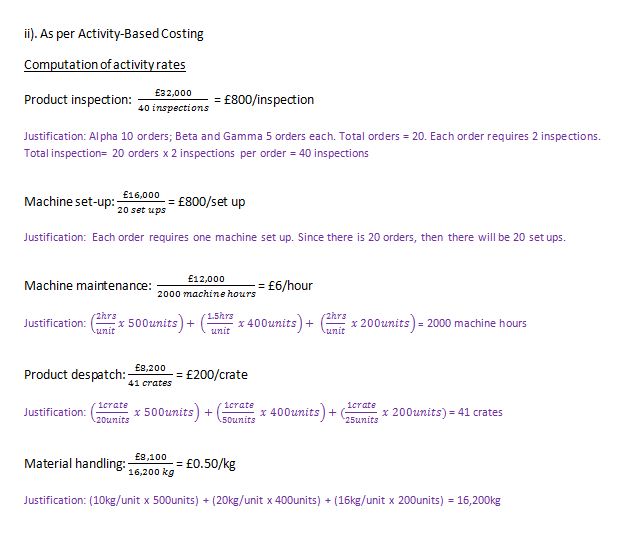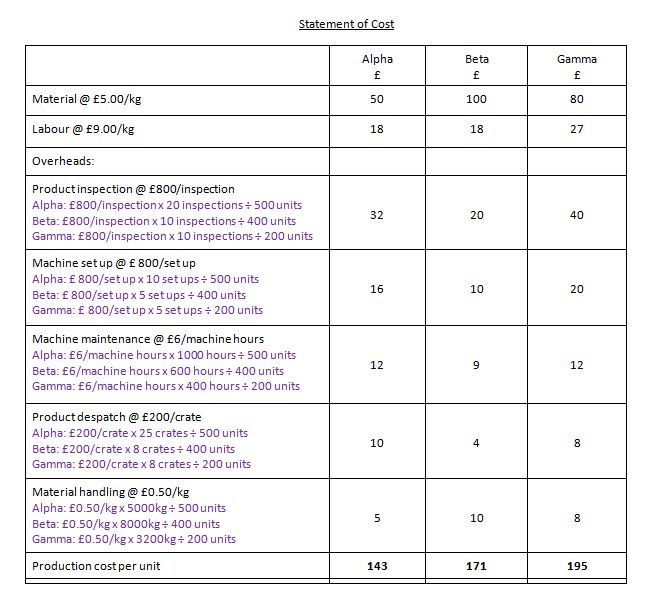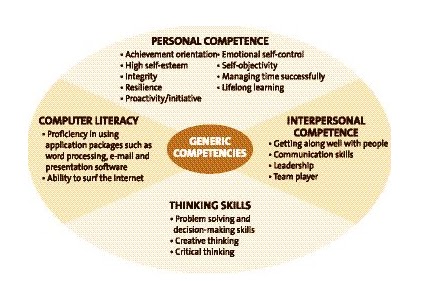I’ve spent a large part of my career working in Analytics for Supply Chain. It’s an area blessed with a lot of data and I’ve been able to use predictive analytics and optimization very successfully to drive cost out of the system. Much of what I learned in managing CPG supply chains translates directly to Retailer supply chains it’s just that there is much more data to deal with.
If you have not read the previous posts in this series, please check out:
· [Point of Sale Data – Sales Analytics] and [Point of Sale Data – Category Analytics] for some examples as to what else you can do with predictive analytics (and relatively basic POS data).
There is a lot that can be done with POS data from a supply-chain perspective. Let’s start with a few examples:
- Use POS data to enhance your forecasting process. (At least recognize when the retailer’s inventory position is out of position as it will need a correction, thereby impacting what you sell to them.)
- Measure store level and warehouse level demand uncertainty to calculate accurate safety stock and re-order point levels that make the Retailer’s replenishment system flow more effectively. (see [How much inventory do you really need?]
- Calculate Optimal order quantity minimums and multiples to reduce case picking (for you) and case sorting/segregation (for the retailer)
- Build optimal store orders to correct imbalances in the supply chain and/or correctly place inventory in advance of events.
- Where the retailer provides their forecast to you along with POS data:
- monitor the accuracy and bias of the retailer’s forecasting process and help fix issues before they drive inappropriate ordering.
- build your own forecast (a “reference” model) from the POS data and look at where the 2 forecasts diverge strongly. Chances are that one of them is very wrong: if it’s the retailers forecast that’s wrong, remember that this is what drives your orders.
All of this is good and I certainly don’t discourage you from working on any of them but it seems to me that it may be missing the biggest problem I may upset a few supply chain folks here (feel free to tell me so in the feedback section), but I’m going to say it as I see it - most retailer supply chain measurements do not help, in fact they distract from the one thing that is crucial – is the product available on the shelf?
Unless the product is on the shelf where the shopper can find it, when they want to buy it, nothing else matters. If you delivered to the retailer’s warehouse as ordered, in-full and on time, overall inventory levels at the retailer are within acceptable bounds, the forecast was reasonably accurate and the store shows that they we’re in stock that’s great – but it’s not enough. The product MUST be on the shelf where the shopper can find it or you wasted all that effort.
And yet, it is very rare to see any form of systematic measurement of On-Shelf-Availability. The few I have seen are so obviously biased as to be largely useless. If you have the resources to do so and are interested in setting up a credible off-shelf measurement system, please, give me a call. Otherwise, how can you know whether your hard work in product supply is really making a difference at this one moment of truth? You need a good model to flag likely off shelf situations. Do this well and you can make effective use of field sales to correct the issues, work with your retailer’s operations team to help fix problem areas, identify planogram problems that are contributing to the issue or even examine whether some products or pack types are more frequently associated with off-shelf and could be changed .
It is possible to look at your sales and inventory history and try to “spot” periods where it looks as though the product was not on shelf. Imagine a product that typically sells in multiple quantities every day in Store A that has not sold now for 10 days: the store reports having inventory all through this period, but no sales. It seems very likely then that this product is not getting to the shelf. For products that sell in smaller quantities it gets harder to guess how many days of zero sales would be unusual.
You can build your own Off Shelf Alerts tool by (educated) guesswork and many people do. Using some statistics you can get much “better” guesses. Better guesses mean that you miss fewer real alerts, your alerts are correct more often and you find those issues with the biggest value to you.
Industry studies typically report that on-shelf positions range between the high 80’s to low 90’s in percentage terms. Fixing this is probably worth 1%-3% in extra revenue. What is that worth to you?
Industry studies typically report that on-shelf positions range between the high 80’s to low 90’s in percentage terms. Fixing this is probably worth 1%-3% in extra revenue. What is that worth to you?










